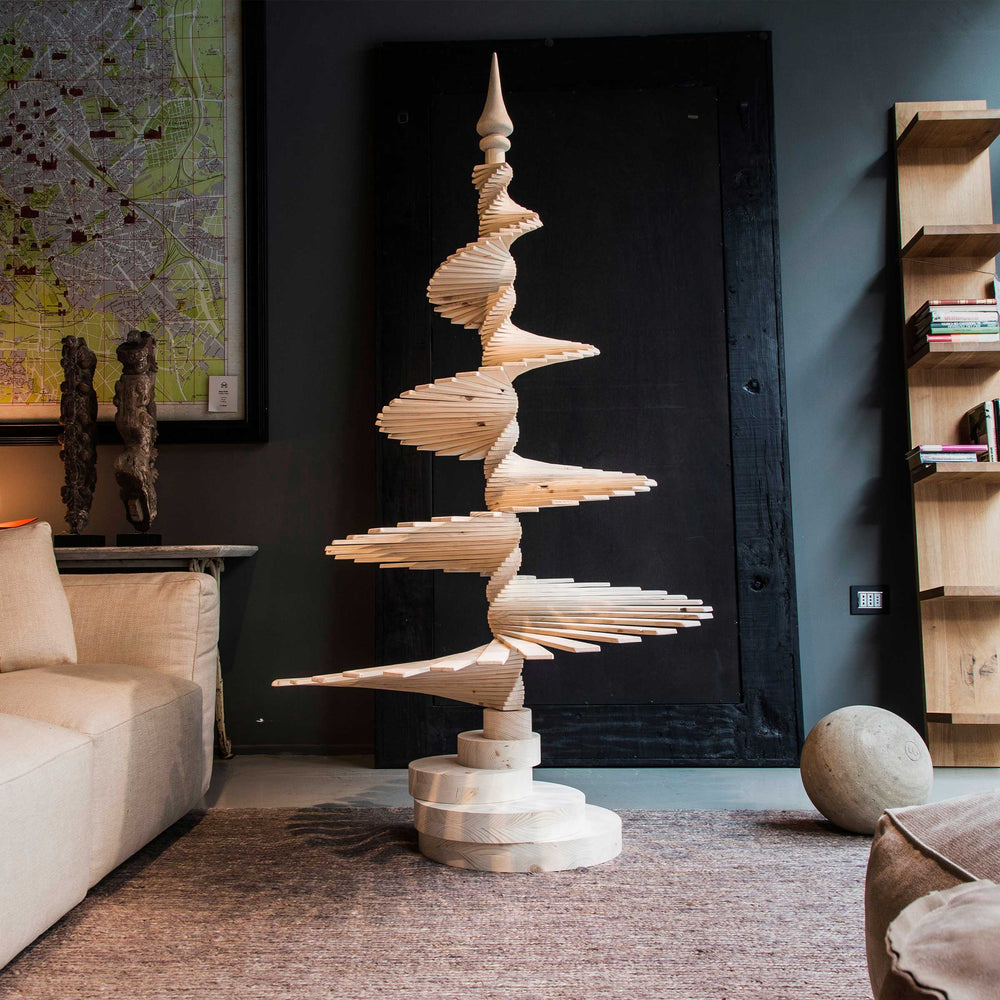Wood and Cardboard Sustainable Christmas Trees
View allTRENDS: Ornament is not a crime
In 1908 Adolf Loos, the famous Austrian architect, published the essay "Ornament and Crime". He stigmatized the use of decoration in art and design, arguing that "the absence of ornament was a test to spiritual strength".
This lapidary definition has accompanied, since its inception, contemporary design, devoted to function and usefulness. In applied arts and design, a trend is emerging that overturns Loos's motto: "ornament is no longer a crime" and is becoming the relevant feature of many successful current projects. The ornament no longer belongs exclusively to the sphere of superfluous objects, so-called decorative, and becomes an essential element in many products designed for one particular use. Beauty and decorum now belong by right also to household furnishings.
This is the case of Arosio Milano, a brand launched by the founders of the historic company "Midarte". They created an impressive collection amid art and craftsmanship. The artistic clocks of the Samanda series, either unique pieces or limited edition, are alternatives to paintings, representing the union between useful and decorative.















